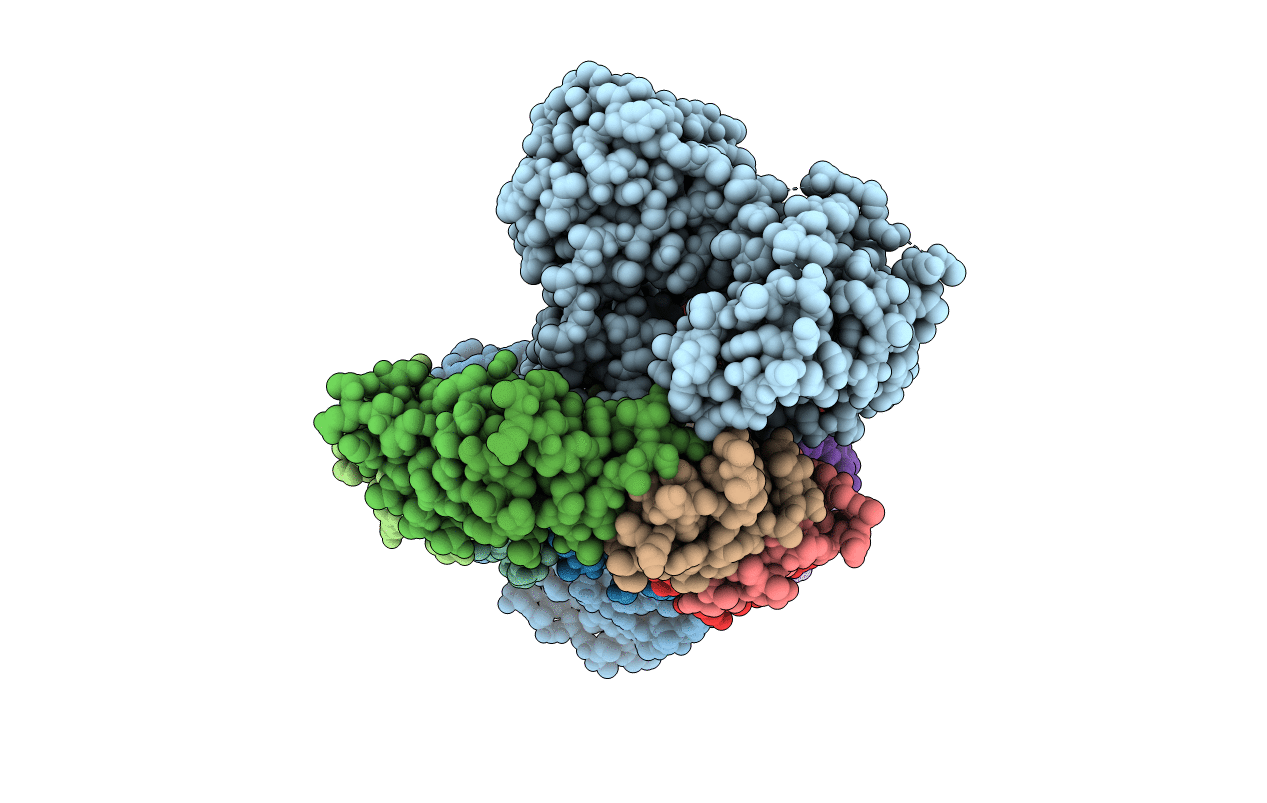
Deposition Date
2012-05-17
Release Date
2012-07-25
Last Version Date
2023-09-13
Entry Detail
Biological Source:
Source Organism:
Streptococcus phage C1 (Taxon ID: 230871)
Host Organism:
Method Details:
Experimental Method:
Resolution:
3.30 Å
R-Value Free:
0.29
R-Value Work:
0.26
R-Value Observed:
0.26
Space Group:
P 21 21 21


